Case Study: Causes of skin acne and how to treat it
Date: 2022-03-17 Categories: Industry News Hits: 1182 From: CharmyLady Tech., (Guangzhou), Co., Ltd
1. System skincare
Female, 21 years old (in her second year of sophomore year), the university is located in Beijing.
In high school, I only used facial cleansers, and in my freshman year, I used facial cleanser + water lotion, and basically never had acne.
Comment 1:
In China, for most girls, systematic skincare starts from college.
The protagonist of this article only used facial cleansers before college, and there was no problem with the skin. Why start the so-called "system" skincare as soon as you enter the university?
The reason is very simple everyone around you is systematically taking care of your skin because what you can see and hear is telling you that as you age, your skin needs more systematic maintenance to prevent aging,
So, starting from water cream, to essence, foundation, makeup, isolation, bb, sunscreen,,, a series of products have come.
Everyone can think about a question: after systematic skincare, has your skin improved?
2. Skin type
Skin type: I don't know what kind of weird type it has become now... T-zone is prone to oil, pimples/closed mouth on cheeks, and a few small spots next to the eye sockets...
Comment 2:
According to international common practice, there are only 5 mainstream skin types: normal skin/dry skin/oily skin/combination skin/sensitive skin
From her description, it looks like the kind with oily skin and acne. But not actually.
Before she systematically used skincare products, she did not have acne. And notice that there are a few small spots around the eyes. Generally, there is such a law that the skin that is prone to spots is dry. She has slightly more oil on her T zone. From the above, we can tell that she should have a combination to dry skin.
But the strange thing is that generally, dry skin areas are not prone to acne, how did she never get acne? What is the reason for her acne?
3. Acne, dermatitis
Basically, I never get acne, and neither do my parents. Until the second year of school (that is, last September).
When I was older, I had military training. I applied sunscreen every day and used makeup remover to remove makeup. During this period, I had acne breakouts.
Comment 3:
If you put on a new piece of clothing and it starts to itch, you take it off immediately, and you know the itch is caused by that piece of clothing.
In the same way, if your skin starts to break out after using sunscreen + makeup remover, it must be related to the products you use.
So, what exactly is sunscreen causing acne? Or the cleansing oil to cause acne? I think it's all related.
First of all, the safety of sunscreen is not high, it may cause skin problems;
Secondly, removing makeup will accelerate the shedding of keratinocytes, which is a process of exfoliation. The longer the makeup removal time, the faster the skin becomes thinner, the corresponding defense power of the skin decreases, and the resistance to various chemical ingredients applied to the face decreases, which causes the skin to become unstable and may appear dermatitis and Allergy phenomenon.
The protagonist of this article never has acne to breakout, this is typical medical contact dermatitis. Dermatitis (an acne is a form of dermatitis) because of your use, contact, and exposure.
4. Makeup remover
I just started school in my second year of sophomore year. I have used air cushion BB cream and makeup remover a few times to remove makeup (later my skin started to get very bad, and I didn’t use anything that needs makeup removal...) Makeup removal takes about 3-5 minutes
Comment 4:
After using makeup, she felt that her skin started to deteriorate. So, what are the side effects of cosmetics? Or remove makeup?
I think the makeup + makeup removal process both caused her skin to deteriorate. The reason is very simple
1) Cosmetics contain fine powder, which will make the skin airtight and may clog pores
2) Removing makeup will loosen keratinocytes and make the skin unstable.
One thing to notice, her makeup removal time is a bit long, 3-5 minutes! The longer the time, the less the stability of the skin will be.
5. Clean
A cleanser for about three minutes
Comment 5:
Many people worry that the skin will not be clean, so it takes a long time to wash the face, rubbing left and right. The protagonist of this article is also the same, washing his face for up to 3 minutes.
Do you know what you wash away? Indeed, it can wash off some of the dust from your face, and it can also wash off whatever you put on your face.
There are 2 other things that you wash off too, you know?
1) Oily skin.
Generally speaking, people with oily skin are not prone to dryness and fine lines on the face, because the oil of the skin has been moisturizing and moisturizing the skin. If the oily skin is washed off, the first feeling is dryness.
2) Connecting components of keratinocytes
The outermost layer of the skin is a piece of dead keratinocytes like dead leaves, which are oily connecting elements between cells. Prolonged cleansing may wash away these connected components, thereby accelerating cell shedding, and the skin may dry out and become unstable.
No matter how mild the facial cleanser is, it is generally only recommended that the time of foaming on the face should not exceed 10 seconds, otherwise it is excessive cleaning and will accelerate the instability of the skin.
6. Skincare routine
Skincare process: After getting up in the morning, wash your face with a facial cleanser - apply water lotion, and wash your face with a facial cleanser before going to bed at night - apply water lotion
Comment 6:
It's a standard skincare routine, and we're brainwashed, and thousands of people are following this routine.
From a skin standpoint, is that really true?
Of course not, moisturizing is the basic maintenance that the skin needs. For moisturizing, as long as the face is not dry, it is also possible to not apply or use products. Or apply 1 to make the face dry, which is also possible.
Everyone's skin is different, and the dryness of the environment is also different. There is no such so-called standard skincare routine. For you, remember one thing: whichever is applied to the face does not dry, it is fine.
7. Skincare products
Comment 7:
For normal skin, dermatitis generally doesn't happen quickly, no matter which set of skincare products she starts using.
The occurrence of dermatitis must be based on a foundation: your skin's defense capacity has declined, and chemical components can more easily penetrate deep into the skin, causing irritation.
Therefore, her skin instability is a slowly accumulating process, from a-->b->c, the skin starts to become more and more unstable.
8. Acne? find the reason
I have used related acne products before, basically once every two days. A few times I forgot to apply lotion after showering and washing my face, and dandruff appeared in the chin area.
Comment 8:
When many people have acne, they go to buy various products that can get rid of acne. She used La Roche-Posay K milk, and she also used dr. wu mandelic acid.
I believe that these acne products may have a little immediate effect. However, have you ever thought that if you don't know the root cause of acne and you can't reduce acne from the root, then it's useless to use more acne products.
9. Contact dermatitis
I hope you can analyze the condition of my skin and what should I do to improve it in the future
Comment 9:
Through the previous analysis, her acne is a kind of contact dermatitis, which is caused by the use of skincare products, cosmetics, makeup removers, and cleaning products.
Well, there is a characteristic of contact dermatitis. You will have dermatitis after you use it. If you stop using it, the skin will heal naturally after a period of time.
Therefore, the suggestion to her is to leave her face naked for 2-3 months, to create an environment without chemical stimulation for the skin, and to complete self-repair quietly.
Of course, pay attention during the naked face: moderately avoid light + turn on the humidifier as much as possible to keep the face dry. If your face is dry, use some pure petroleum jelly or diluted glycerin.


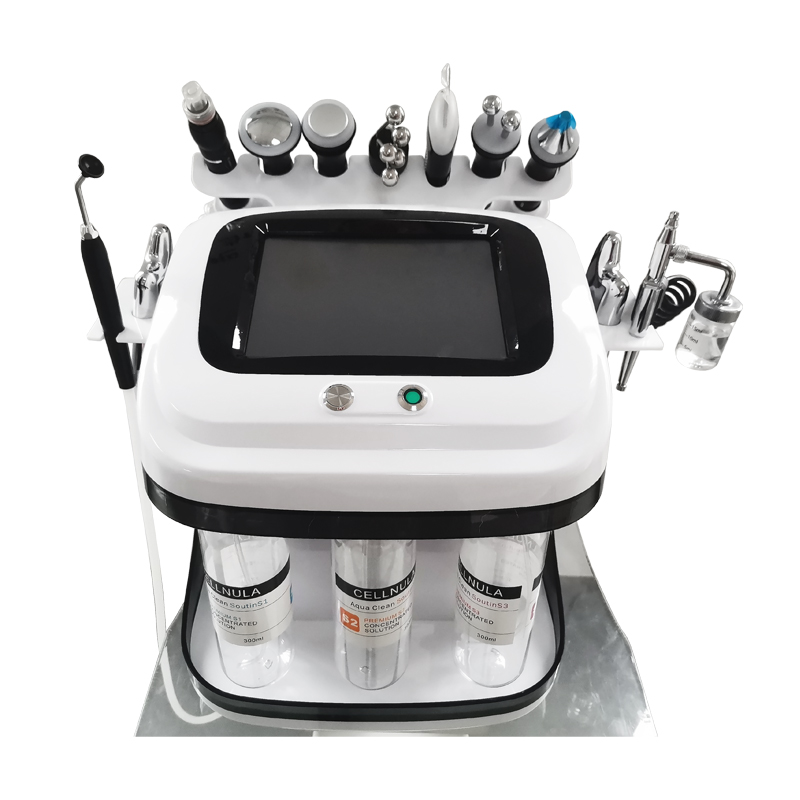 10 IN 1 Facial Care Hydria Machine
10 IN 1 Facial Care Hydria Machine 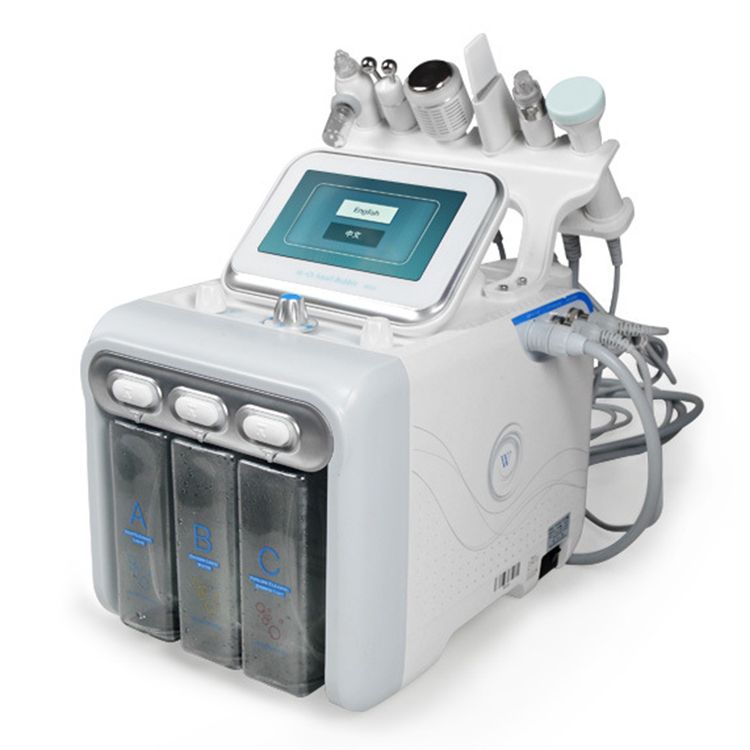 6 Function Heads First Generation Hydra H2O2 Hydrogen Oxygen RF Sprayer Face Beauty Machine
6 Function Heads First Generation Hydra H2O2 Hydrogen Oxygen RF Sprayer Face Beauty Machine 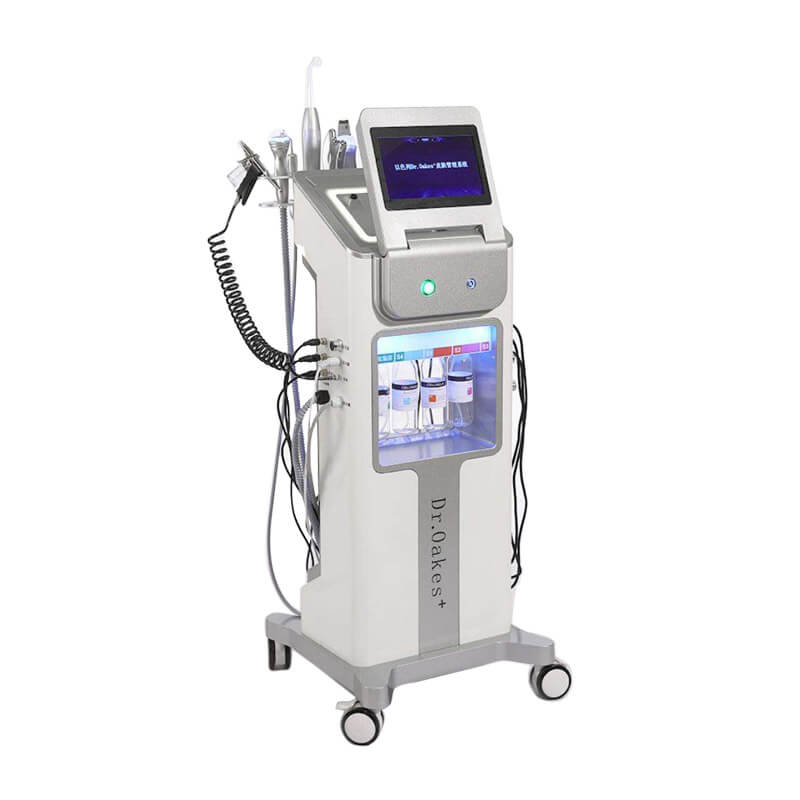 DR Facial Synthesizer
DR Facial Synthesizer 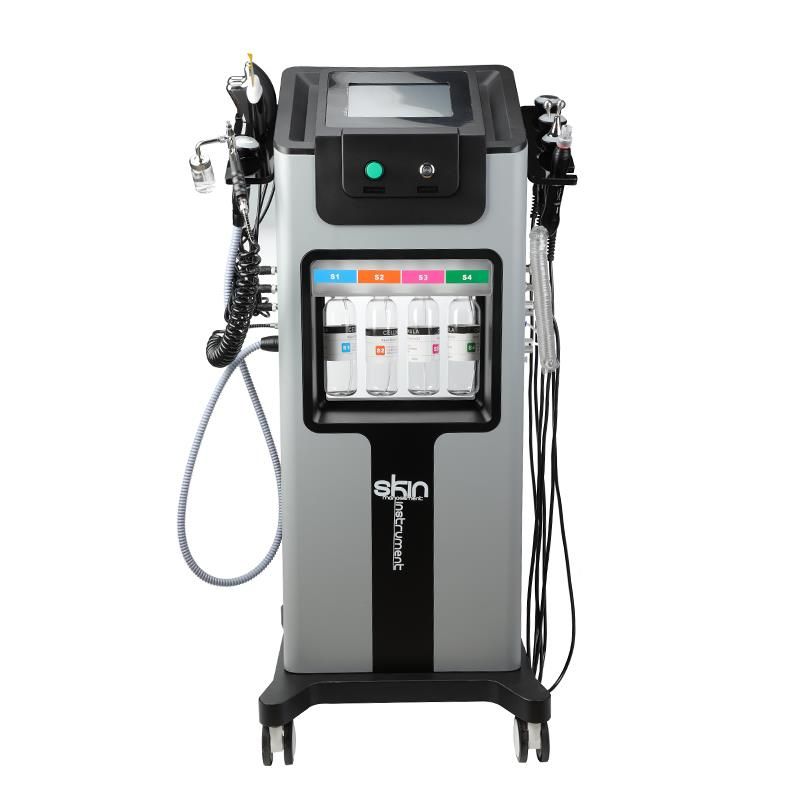 8-in-1 8 Function Heads Black Pearl Hydra Skin Beauty Apparatus
8-in-1 8 Function Heads Black Pearl Hydra Skin Beauty Apparatus 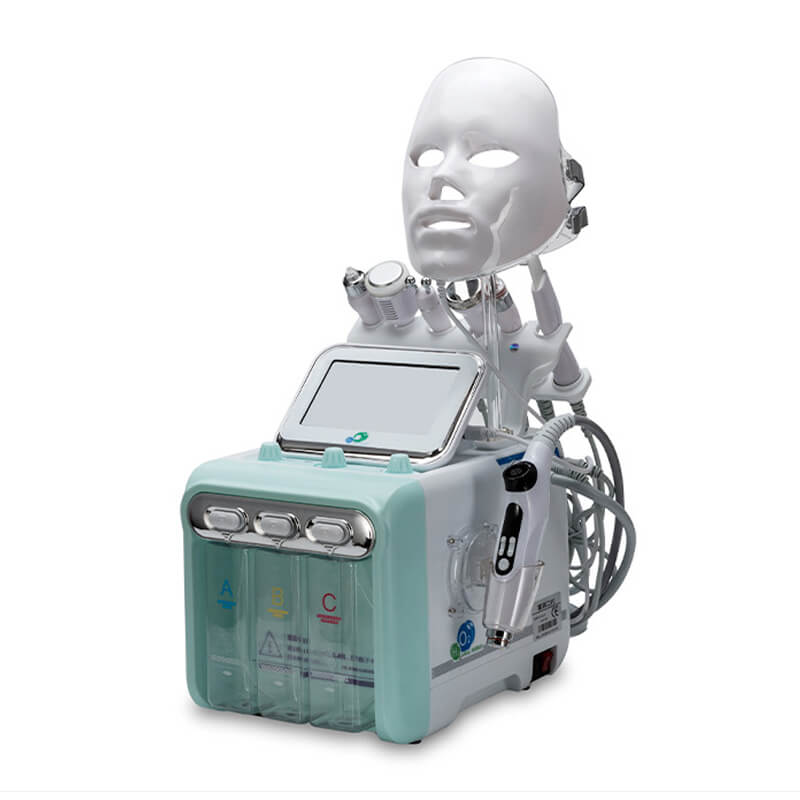 8in1 Hydra Facial Multi-function Beauty Machine
8in1 Hydra Facial Multi-function Beauty Machine 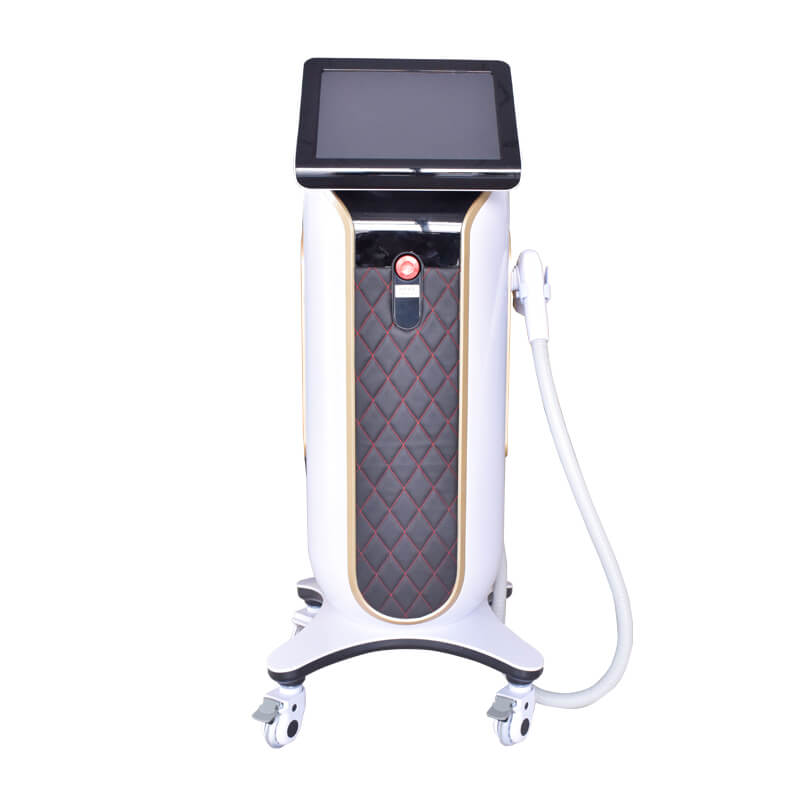 15in Screen 600W 808nm Hair Removal Machine
15in Screen 600W 808nm Hair Removal Machine 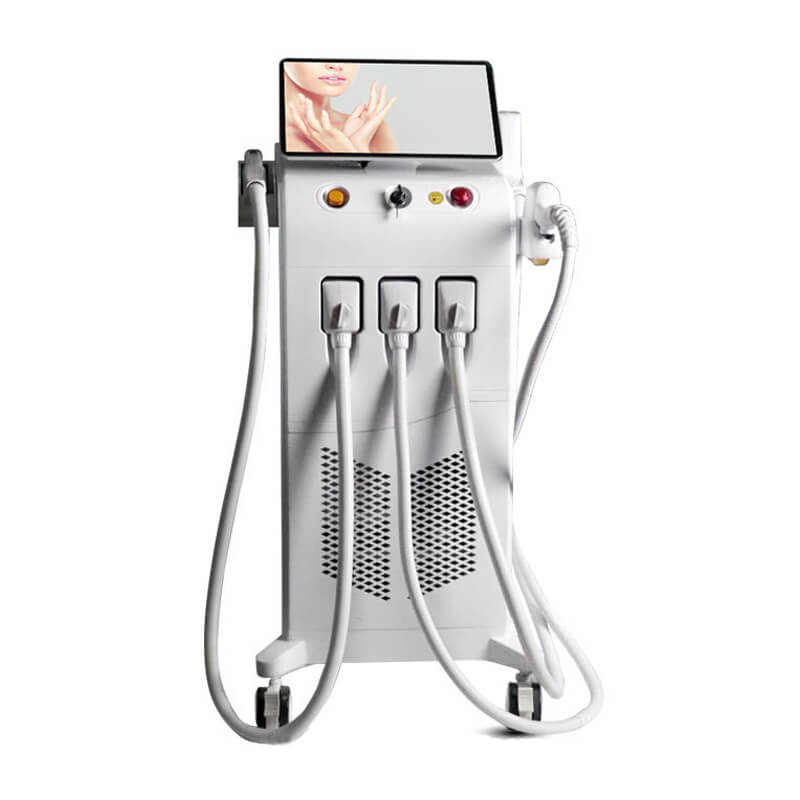 4 in 1 Elight +808nm Diode Laser+q Switched nd yag Laser +RF Multifunctional Beauty Machine
4 in 1 Elight +808nm Diode Laser+q Switched nd yag Laser +RF Multifunctional Beauty Machine 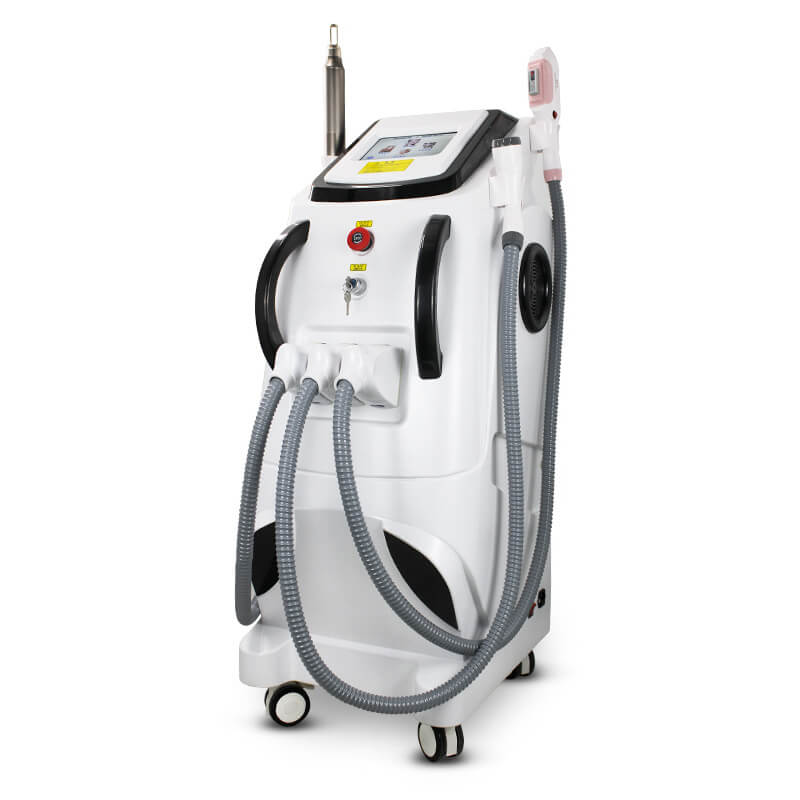 4 in 1 HIFU Thermagic Anti-aging Beauty Instrument
4 in 1 HIFU Thermagic Anti-aging Beauty Instrument 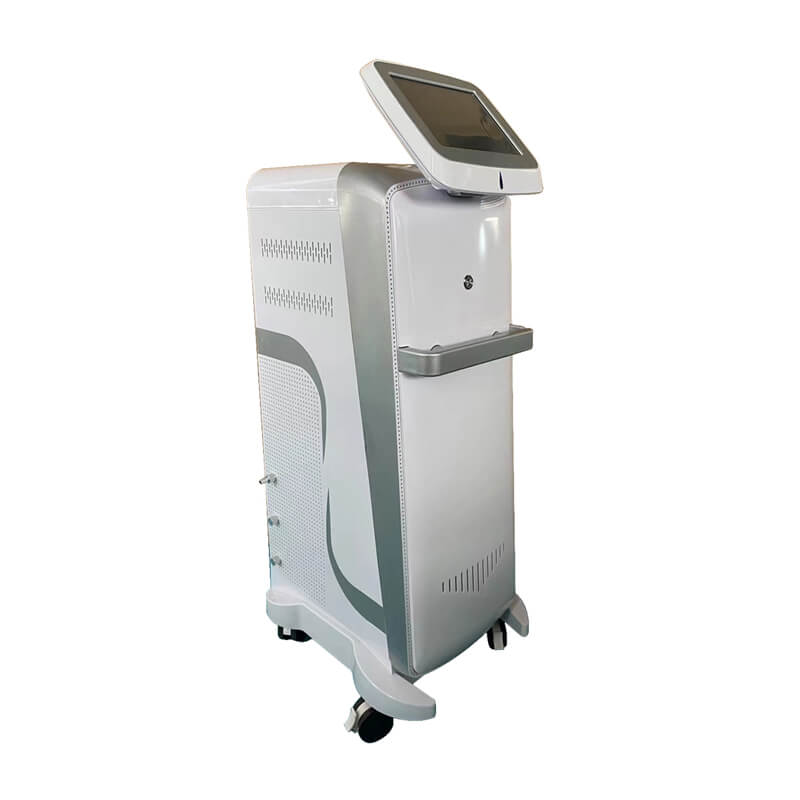 808 Diode Hair Removal Laser Machine
808 Diode Hair Removal Laser Machine 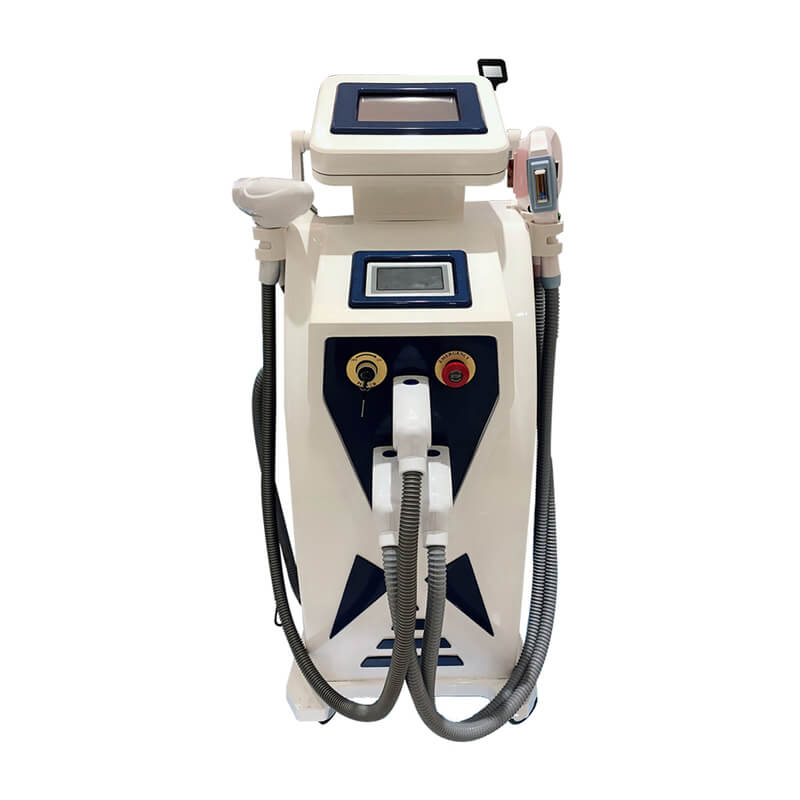 Double Screen 4 in 1 HIFU Multifunctional 360 Magneto Optical ND Yag Laser RF Beauty Machine
Double Screen 4 in 1 HIFU Multifunctional 360 Magneto Optical ND Yag Laser RF Beauty Machine 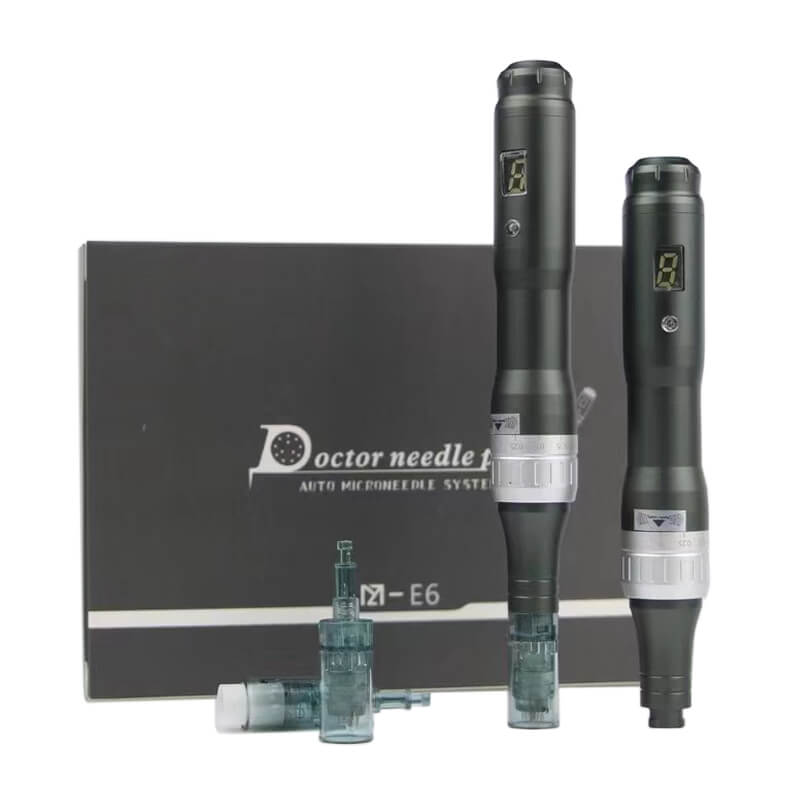 Rechargeable E6 Electric Nano Derma Pen
Rechargeable E6 Electric Nano Derma Pen 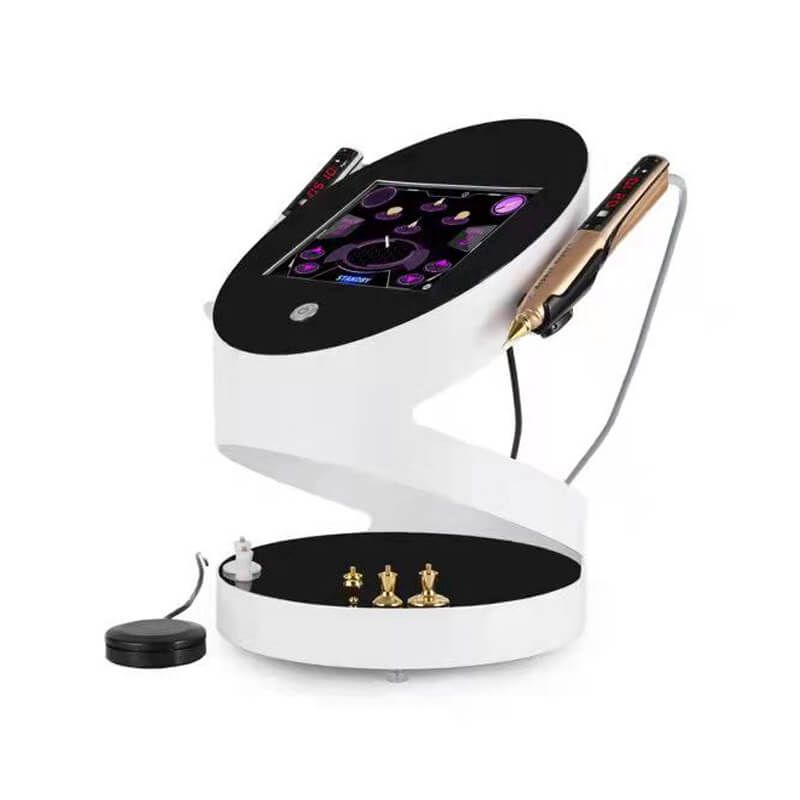 Charm 2in1 Plasma Beauty Machine
Charm 2in1 Plasma Beauty Machine 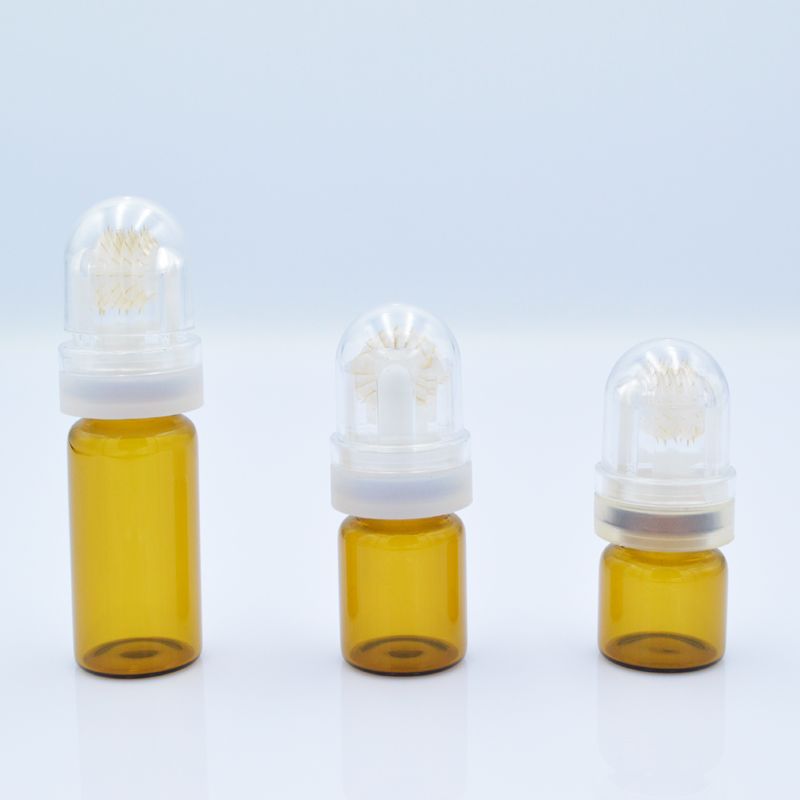 New 64 water soluble needle
New 64 water soluble needle 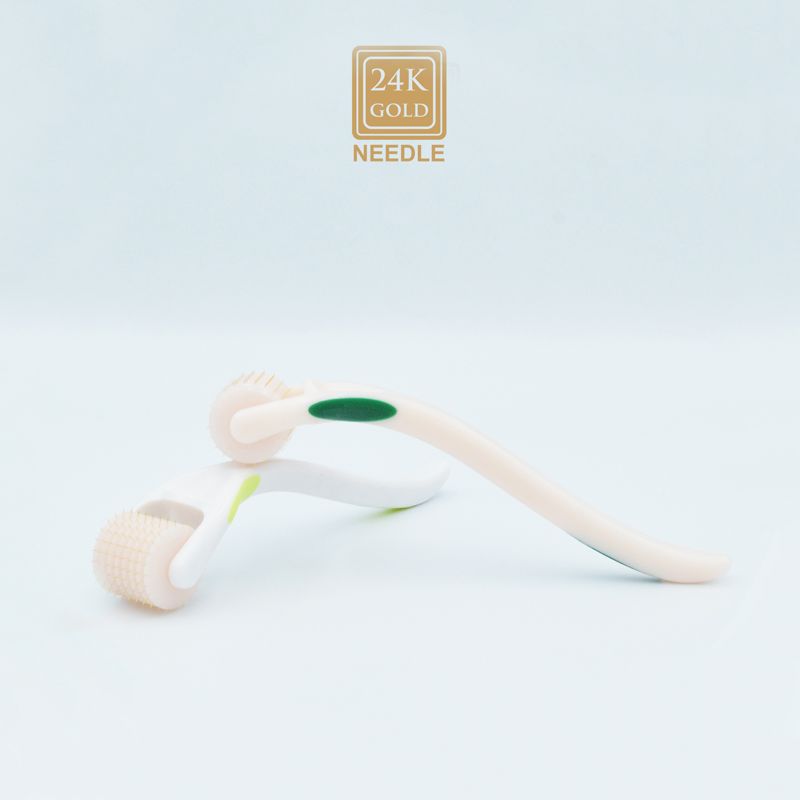 New 192 Microneedle Roller
New 192 Microneedle Roller 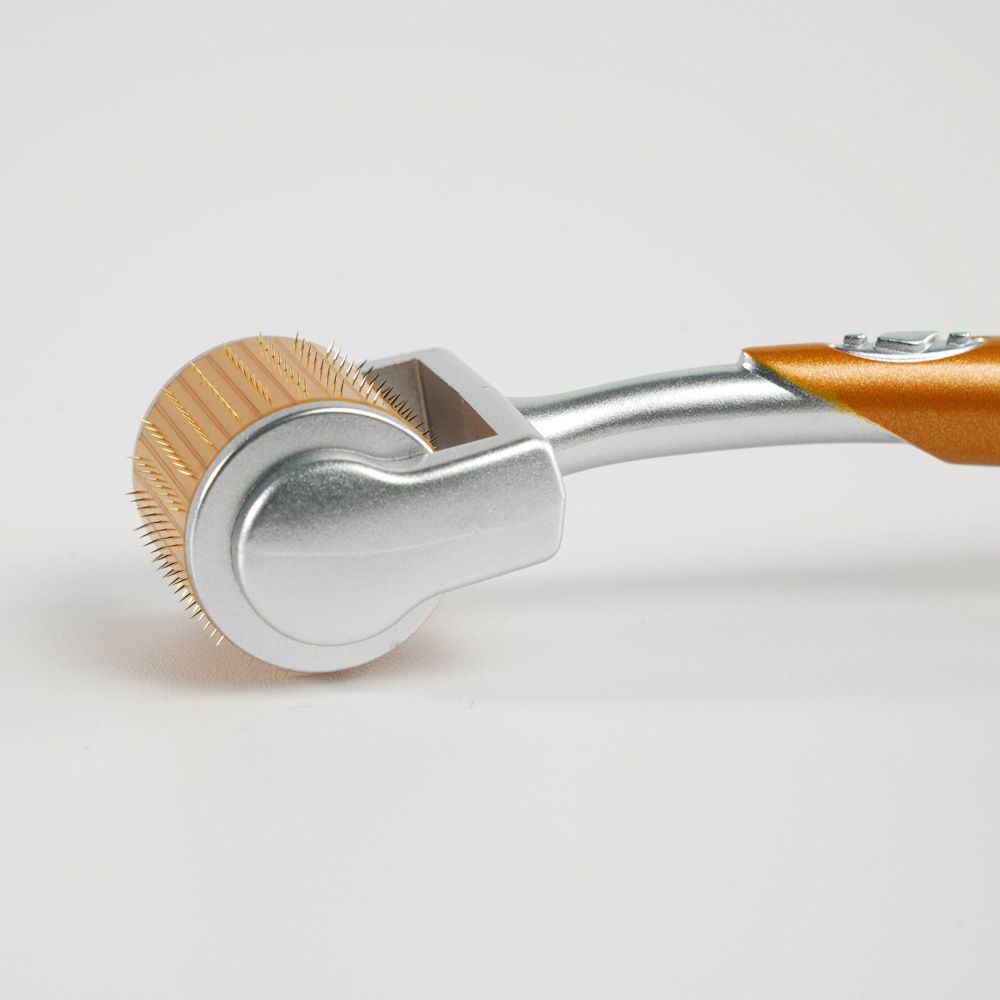 Titanium Needle Leather Roller Micro
Titanium Needle Leather Roller Micro  360 Degree Fat Freeze Cryolipolysis Slimming Machine
360 Degree Fat Freeze Cryolipolysis Slimming Machine 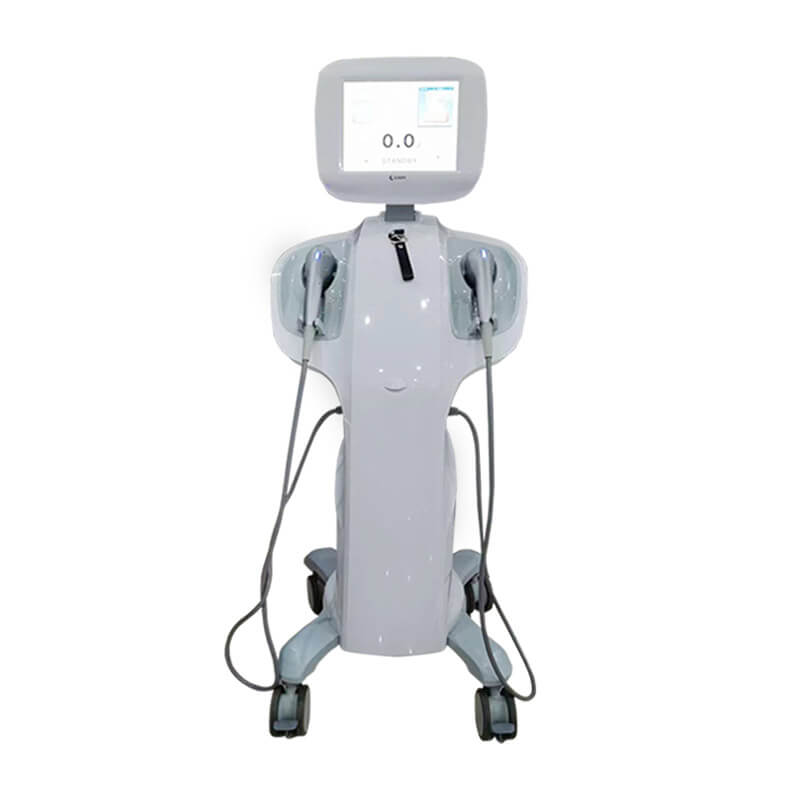 7D Lifting Apparatus
7D Lifting Apparatus 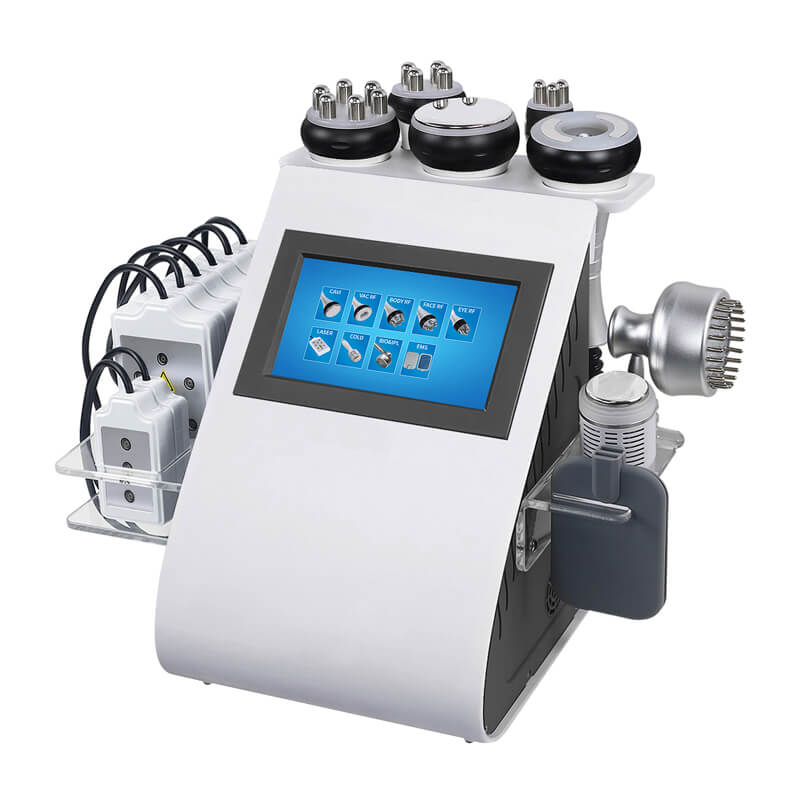 9 in1 Ultrasonic Laser Fat Exploding Apparatus
9 in1 Ultrasonic Laser Fat Exploding Apparatus 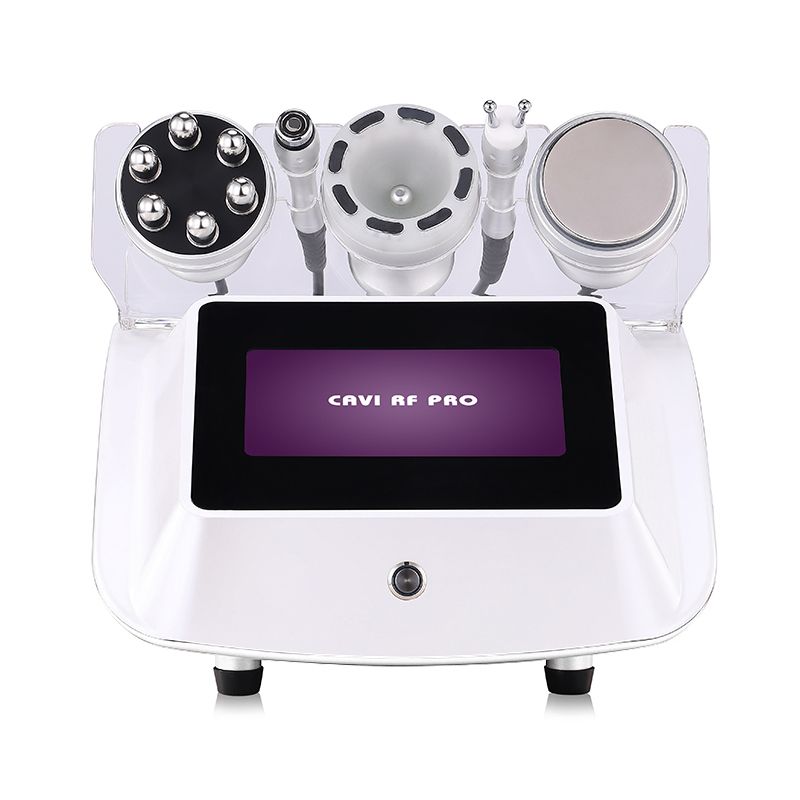 5 in 1 Portable Mini Fat Exploding Instrument
5 in 1 Portable Mini Fat Exploding Instrument 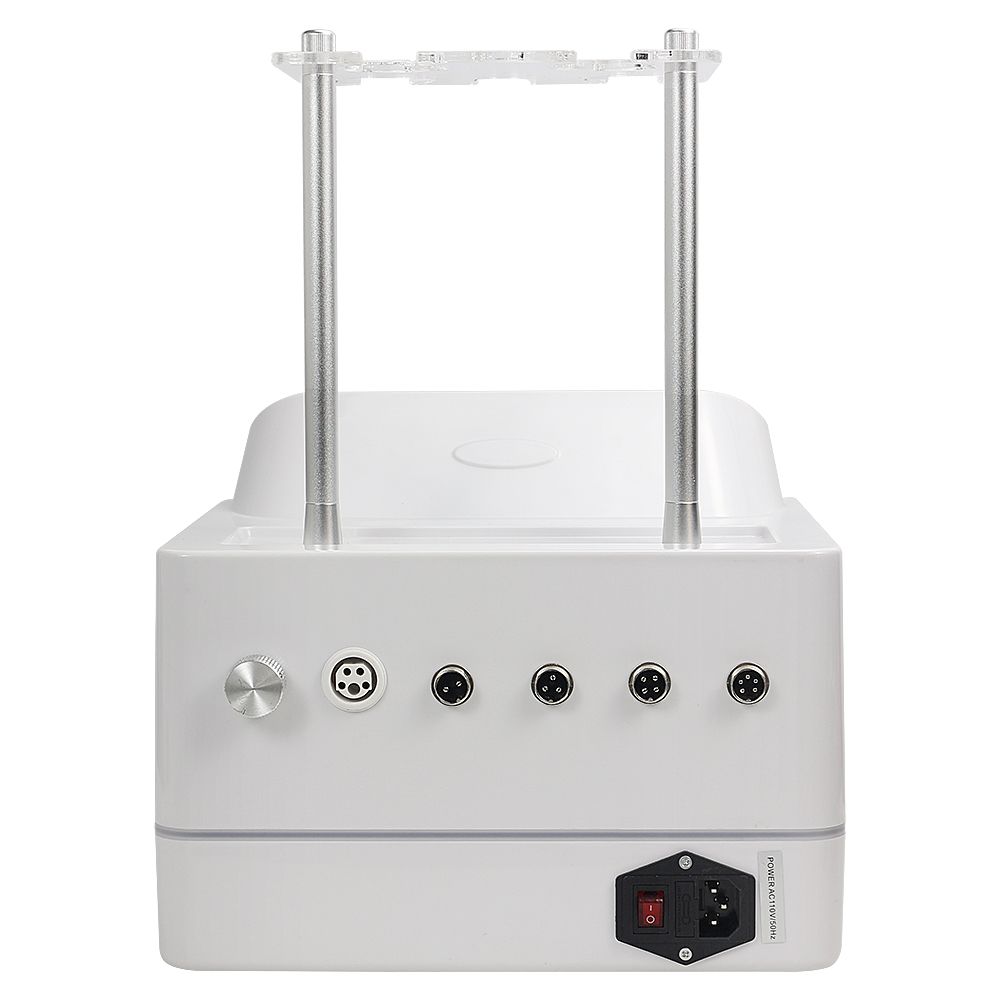 5 in 1 40k ultrasonic cavitation vacuum body slimming instrument
5 in 1 40k ultrasonic cavitation vacuum body slimming instrument 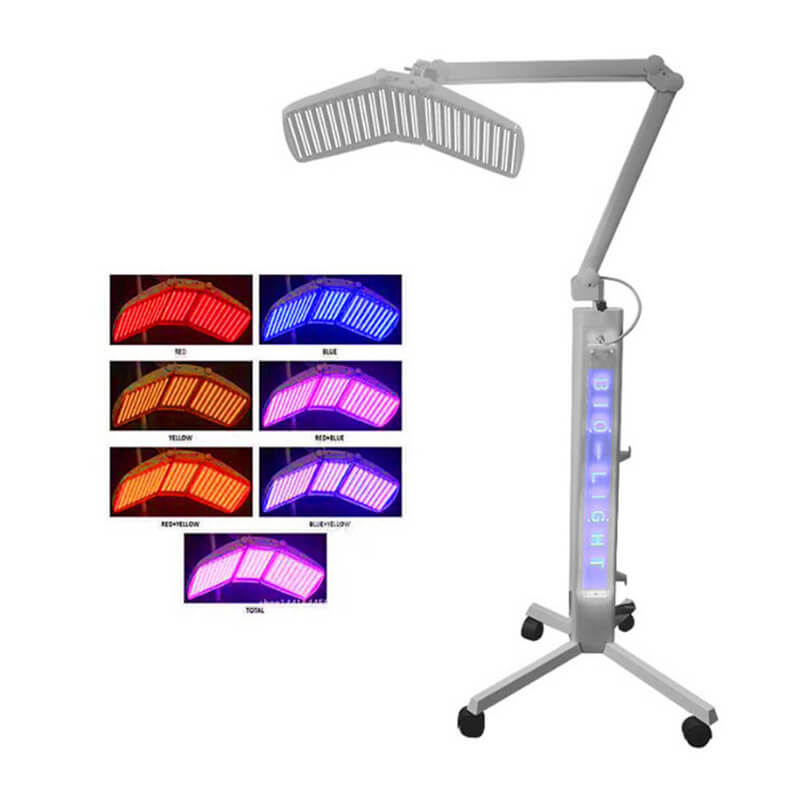 Seven Colors Spectrograph Cold and Warm SPA Skin Rejuvenation
Seven Colors Spectrograph Cold and Warm SPA Skin Rejuvenation  Seven Colors Spectrograph Cold and Warm SPA Skin Rejuvenation
Seven Colors Spectrograph Cold and Warm SPA Skin Rejuvenation 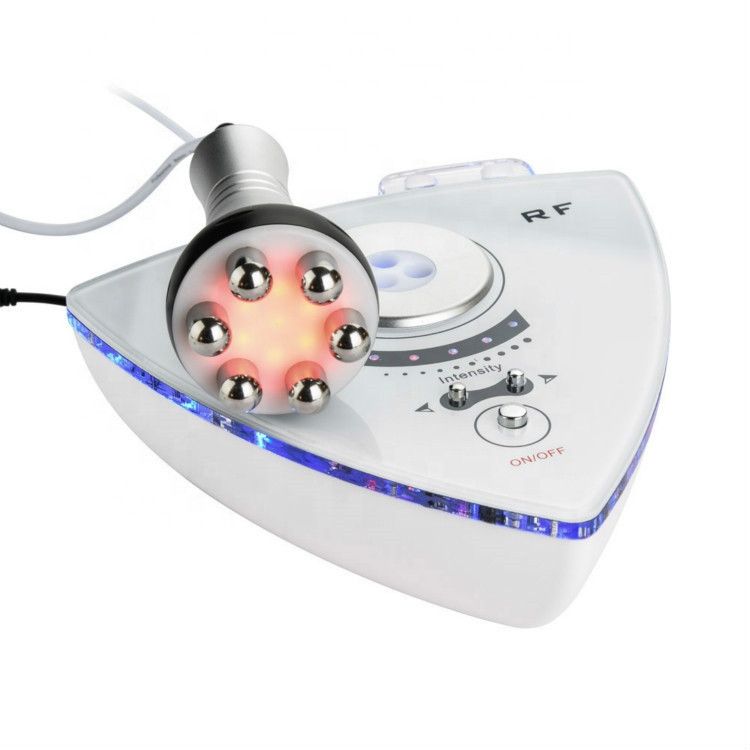 Household RF Lifting Machine (Level 6)
Household RF Lifting Machine (Level 6) 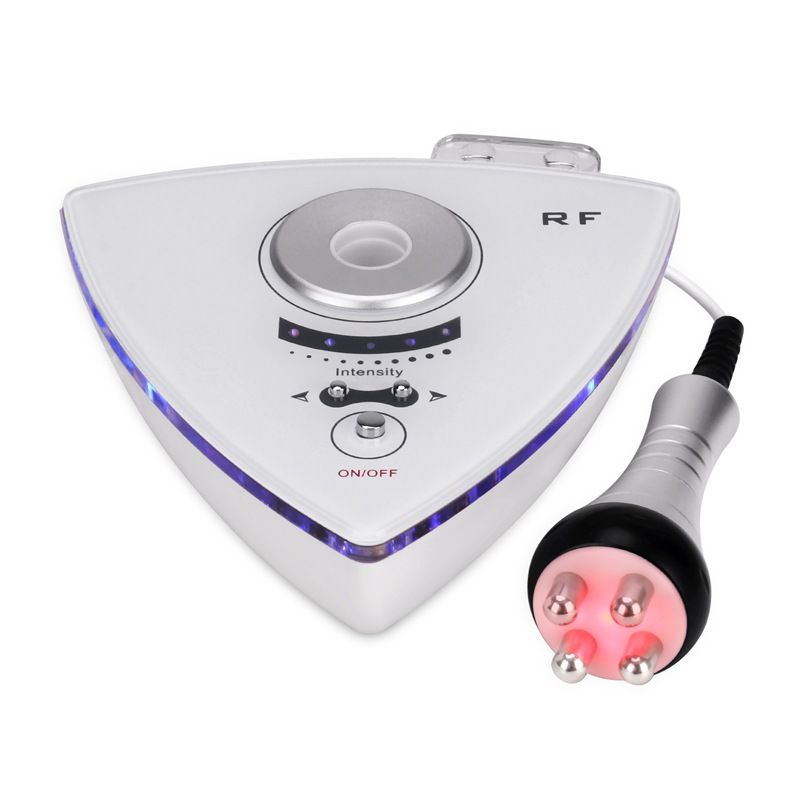 Household RF Lifting Machine (Level 4)
Household RF Lifting Machine (Level 4) 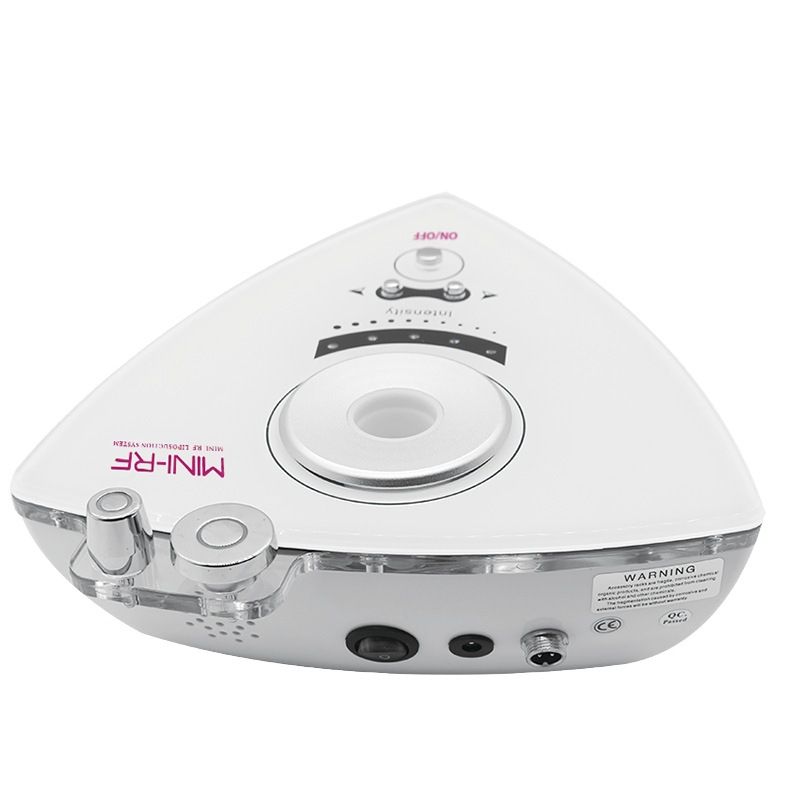 Household RF Lifting Machine (Level 3)
Household RF Lifting Machine (Level 3) 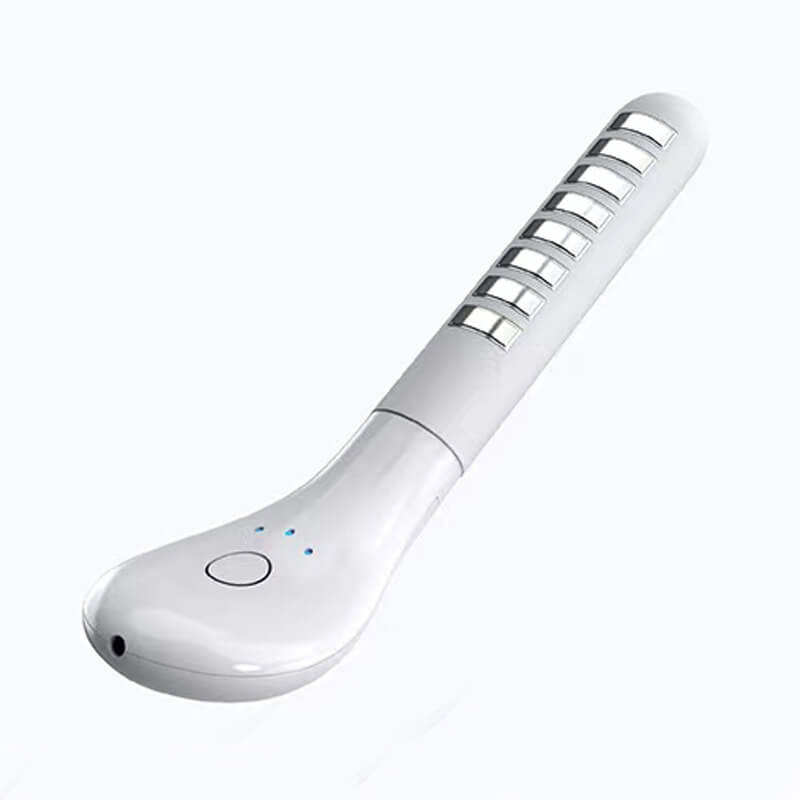 Kegel Exercise EMS Vainal Tightening Device
Kegel Exercise EMS Vainal Tightening Device 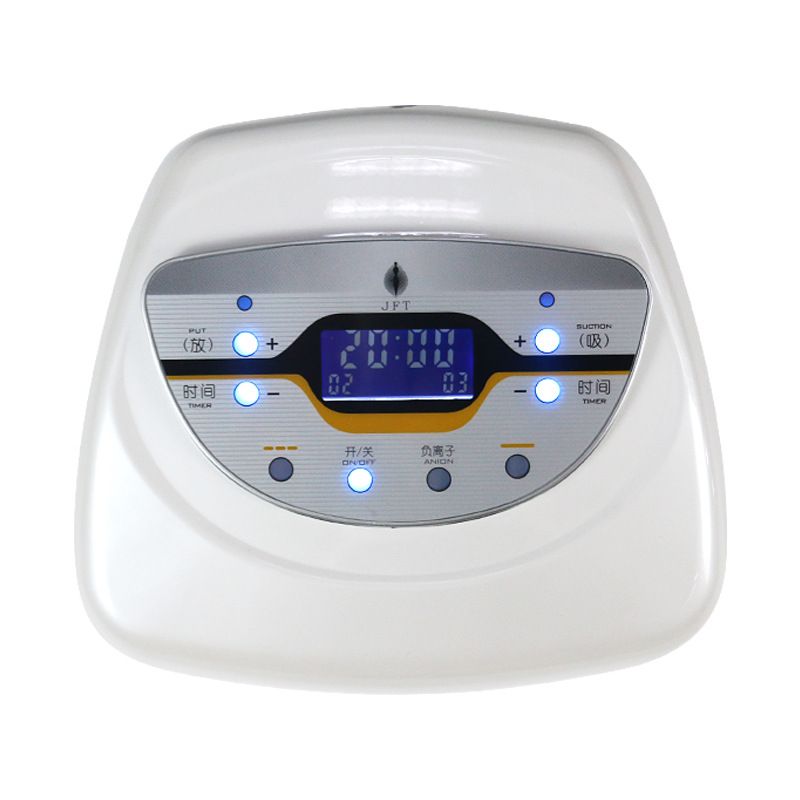 Breast Max Mutifunctional body Shape Care Vacuum Machine
Breast Max Mutifunctional body Shape Care Vacuum Machine 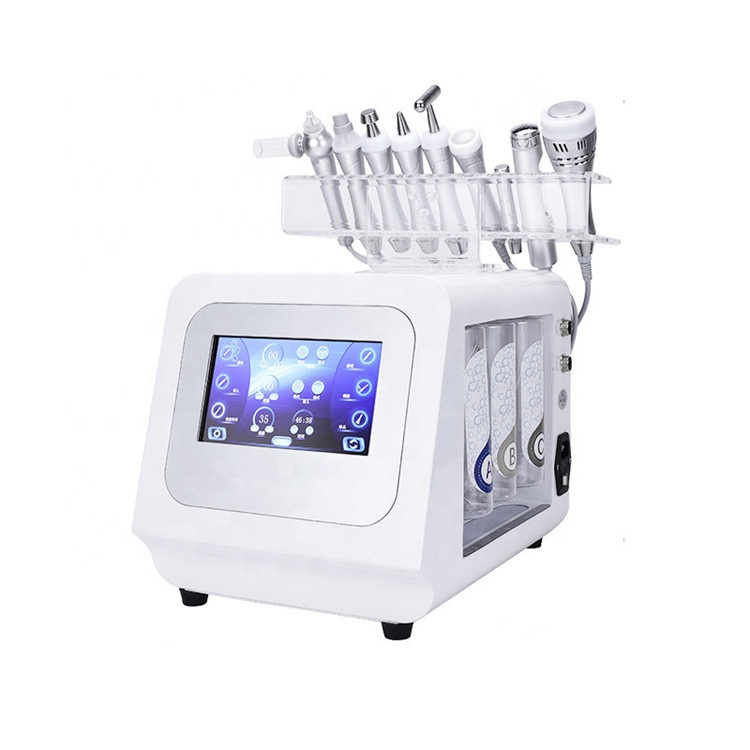 Nine-in-one Hydrogen and Oxygen Micro-Carving Instrument
Nine-in-one Hydrogen and Oxygen Micro-Carving Instrument 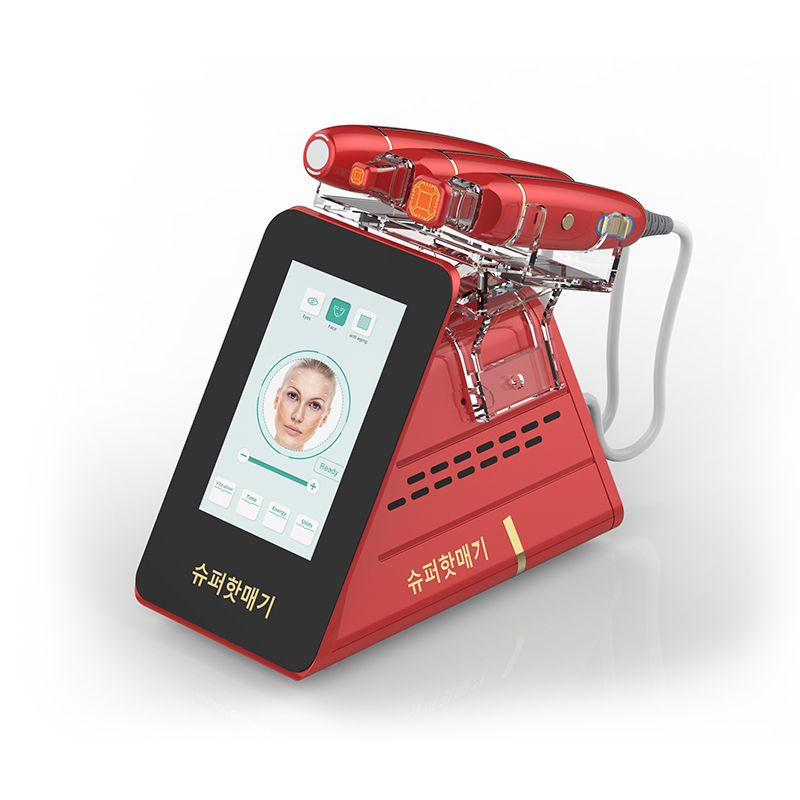 2 in 1 HIFU+Thermagic Anti-aging Beauty Instrument
2 in 1 HIFU+Thermagic Anti-aging Beauty Instrument 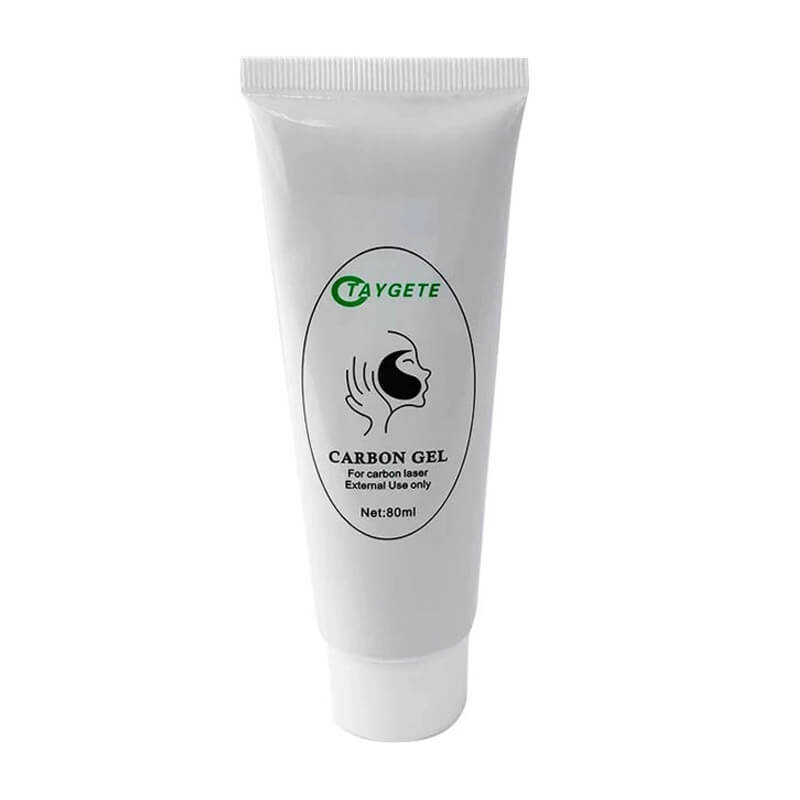 Carbon Gel For Laser Treatment Facial Nd Yag Cream Carbon
Carbon Gel For Laser Treatment Facial Nd Yag Cream Carbon 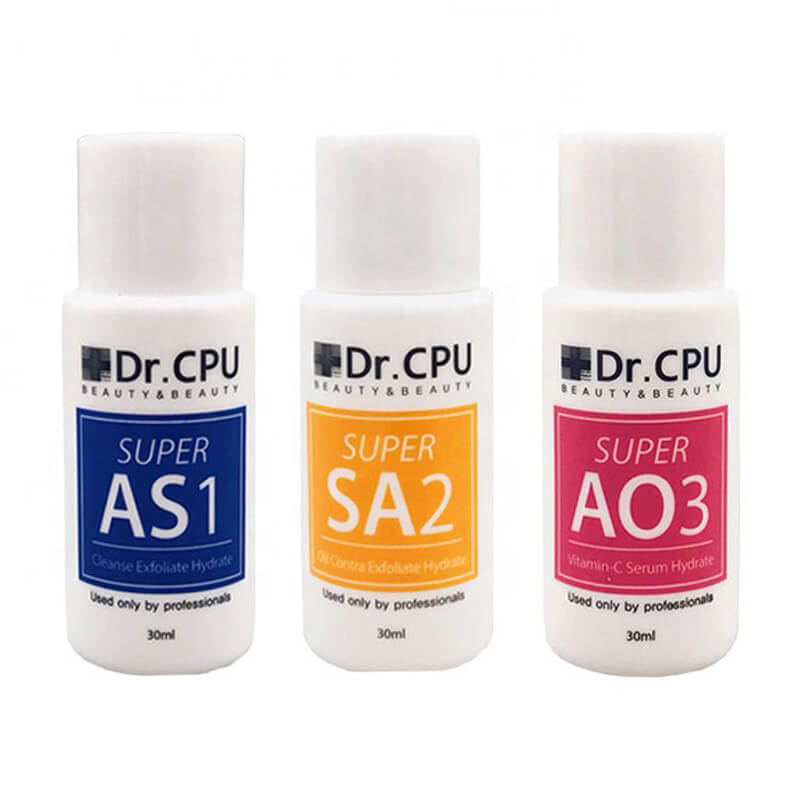 DR. CPU Serums
DR. CPU Serums 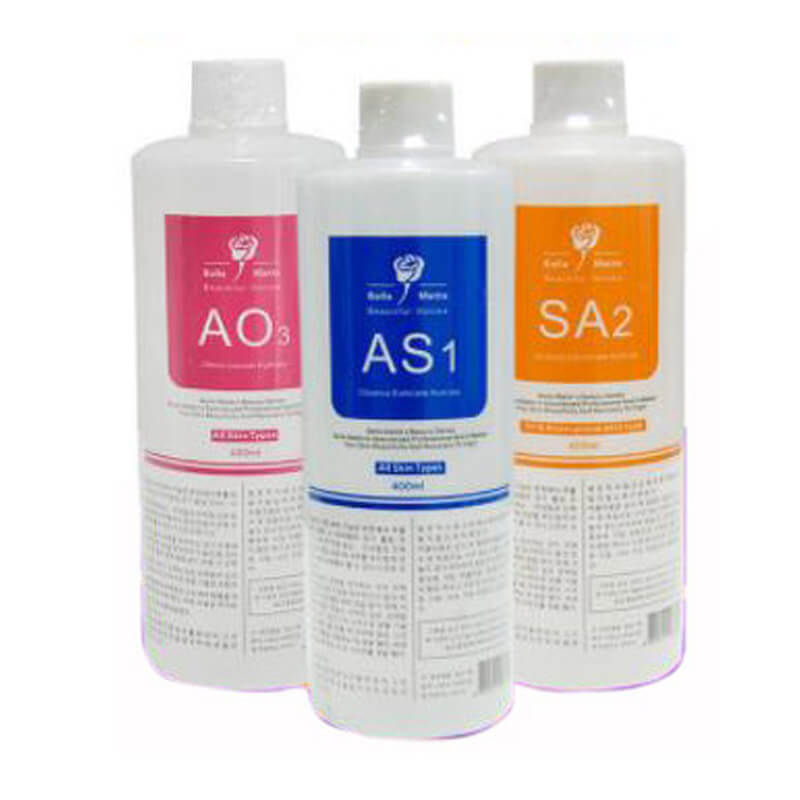 Serums of Hydra Facial Machine
Serums of Hydra Facial Machine